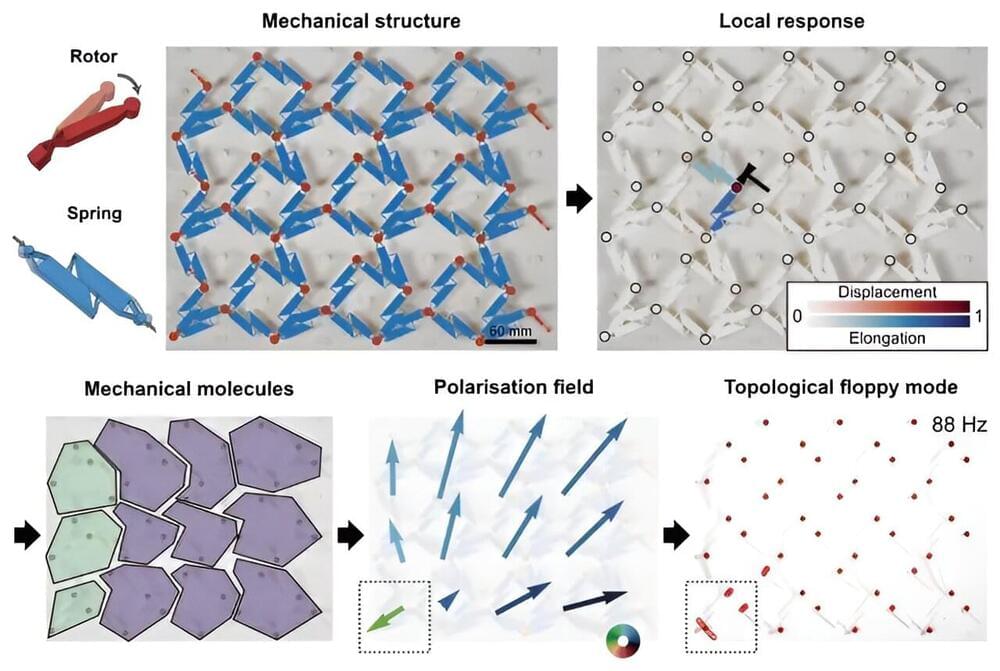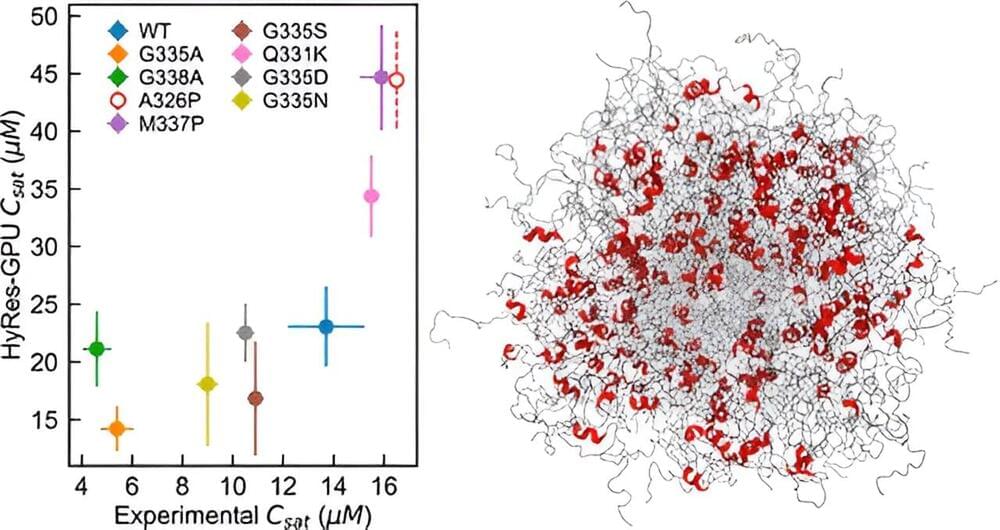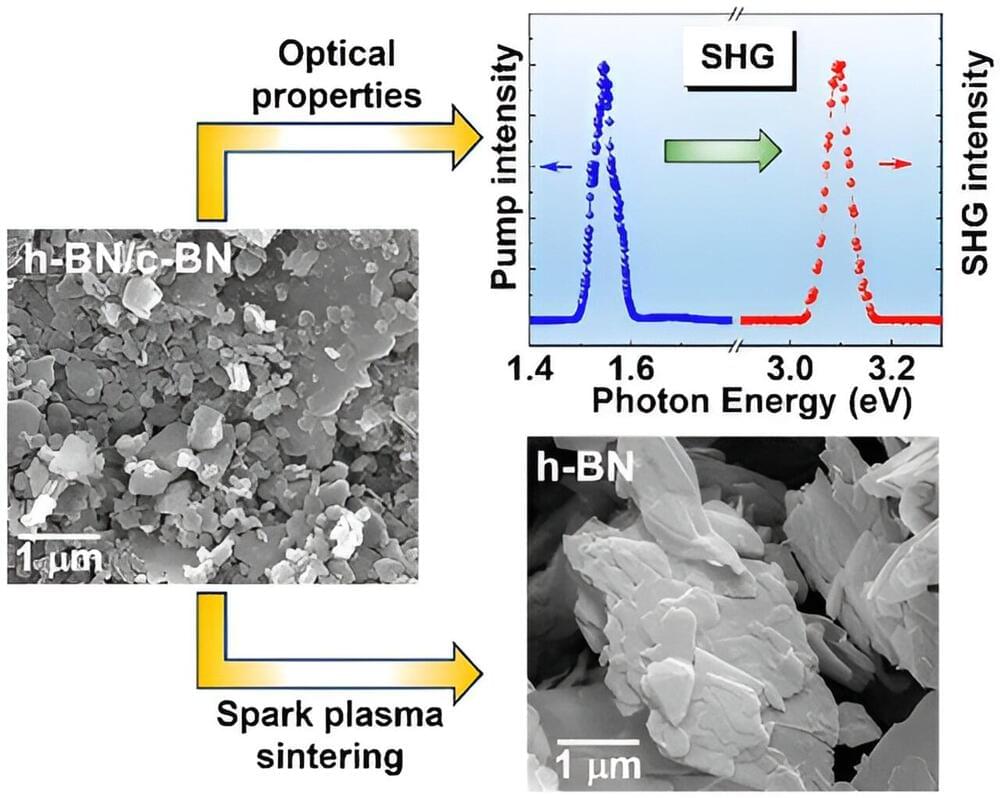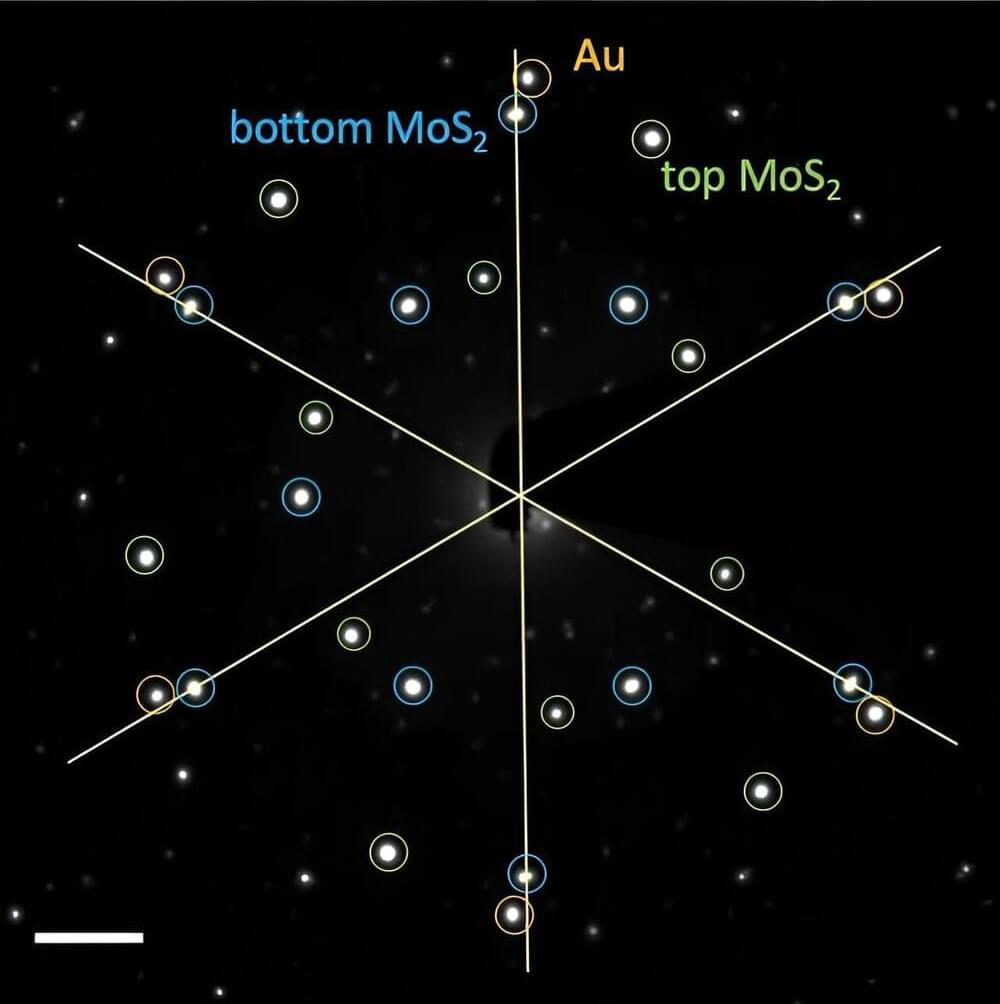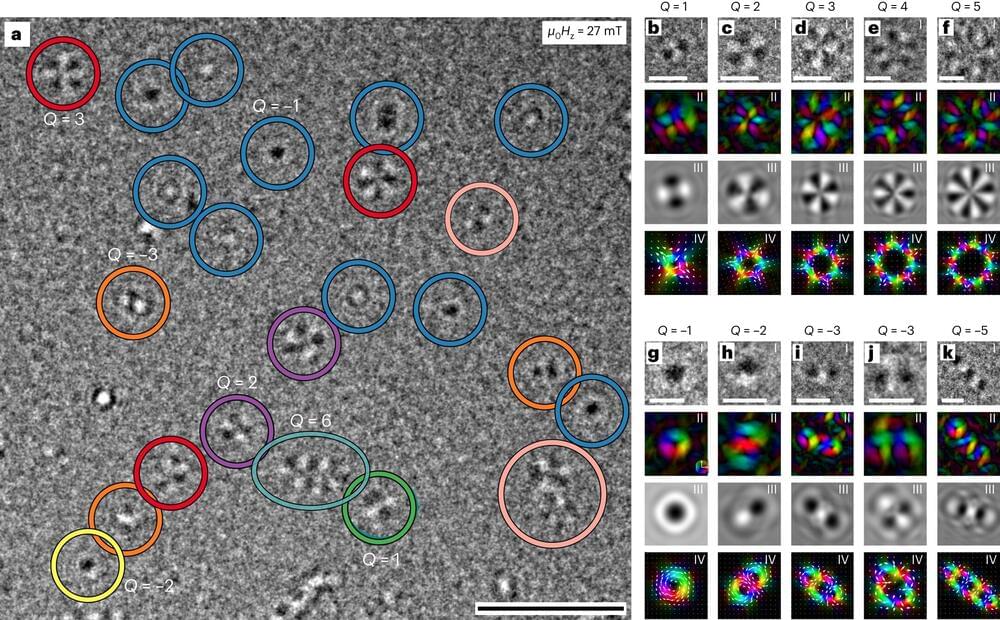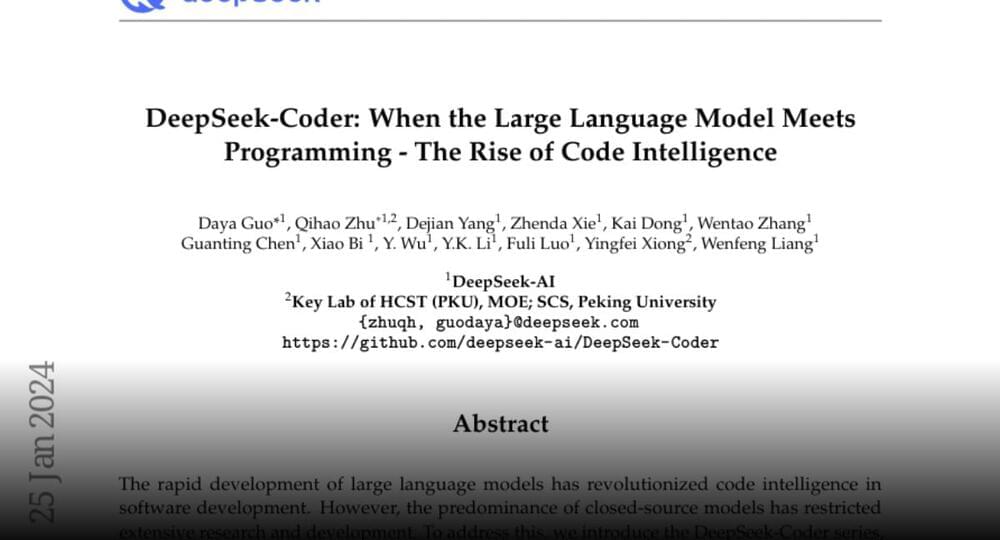Astronomers are using it to peer back to near “cosmic dawn,” a time when the first stars and galaxies were forming. And JWST is showing that these early galaxies are different than astronomers had anticipated, in a plethora of ways: Some are settling into shapes we didn’t think were possible so early after the Big Bang. Others are unexpectedly large.
And recent research shows that even the black holes in the early universe were odd — they’re way bigger than they should be, relative to the mass of the galaxy around them. Unexpectedly, JWST is spotting mammoth black holes anchoring relatively small galaxies.

